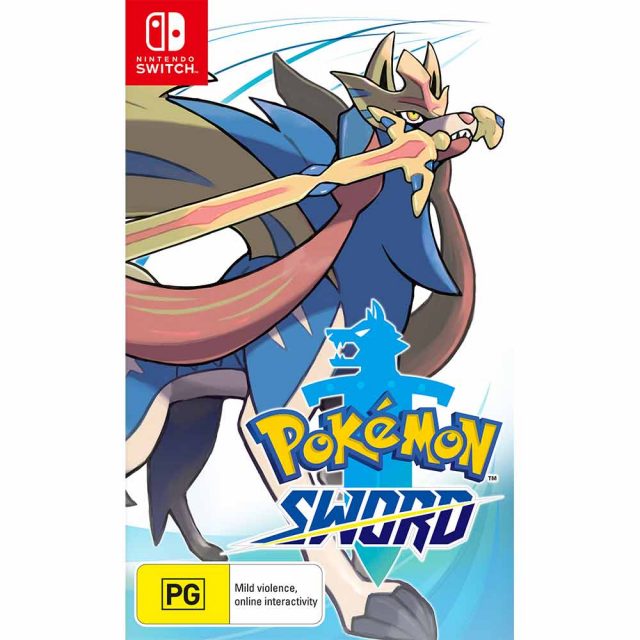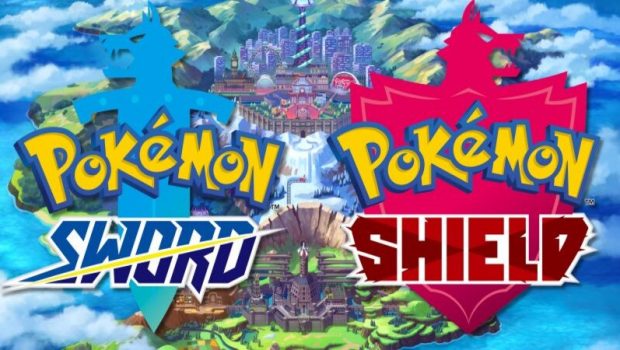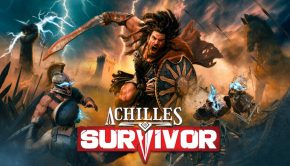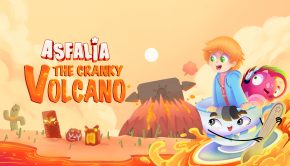Pokémon Sword Nintendo Switch Review
Summary: A fun, yet fleeting Pokémon experience that will appeal most to hardcore fans satisfied with the core formula than those looking for a game that pushes storytelling or graphics to the next level.
3.8
Not as effective
As the first mainline title on Nintendo Switch, Pokémon Sword & Shield have finally arrived – but with an impossible set of fan expectations on its shoulders. It didn’t come close to meeting all of them, but is it really that bad for a new generation Pokémon game as many say?
The short answer is no, it isn’t. But is it a big step forward for the franchise? Not really, either.
In many ways, Sword & Shield are disappointing, repetitive and unambitious. Longtime developer Game Freak has evidently struggled with the transition from handhelds to HD development, and with an incomplete Pokédex, reused animations and the similar tired narrative formula of a young trainer set loose on the world, many are right to expect more risks taken after 20 years of same.
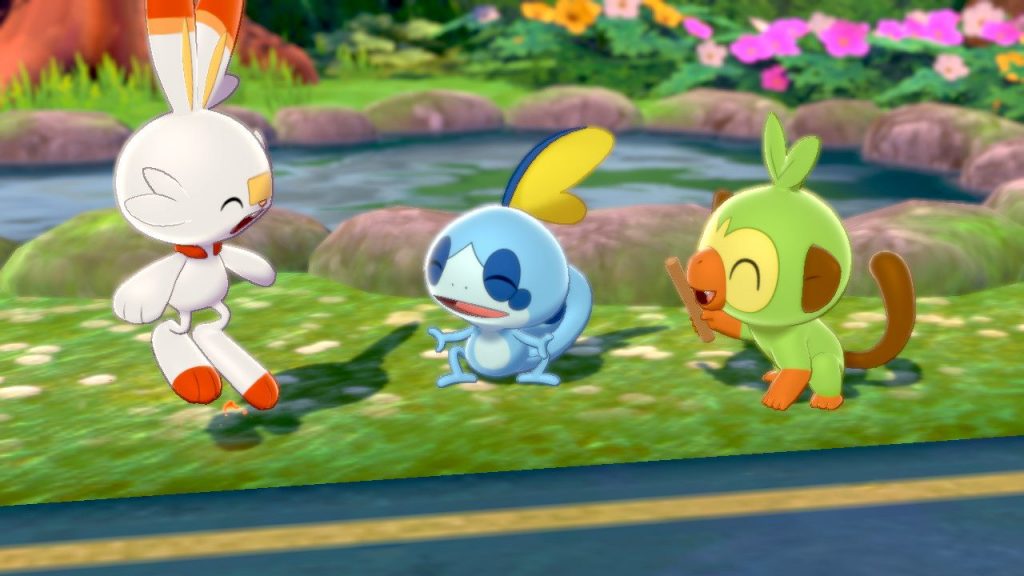
However, in many other ways, the game is undeniably enjoyable, its familiar rhythm of battling, capturing and breeding hopelessly addictive. The starters are infectiously cute. Trainer customisation is better than ever. The new region of Galar, a picturesque land of rolling hills and big cities based on the United Kingdom, and its unique Poké inhabitants are utterly charming in terms of aesthetic and personality, and Game Freak nail their inspirations.
And that’s the frustrating thing about Pokémon Sword (the version we reviewed); the core gameplay formula and strength of the world and monster designs are still so entertaining, but with so many baffling content cuts, lack of change in other outdated areas (why can’t our rival actually not be a pushover) it’s hard not to feel like both entries were rushed – and that an inevitable third and fourth version correcting these problems are just around the corner.
Pokémon Sword plays it safe when it comes to its characters and story. Anybody who has played a Pokémon game in the last 23 years will be familiar with the premise: You’re a young boy or girl from a small-town who gets their first Pokémon and heads out into the wild world of competitive battling to beat 8 gym leaders and become the strongest trainer in the Galar region. While it’s certainly great comfort-food for the nostalgic among the fanbase and easy-to-follow for younger gamers, the story and characters are largely devoid of ambition and extremely insipid for anyone expecting more wit or quirkiness out of the UK setting.
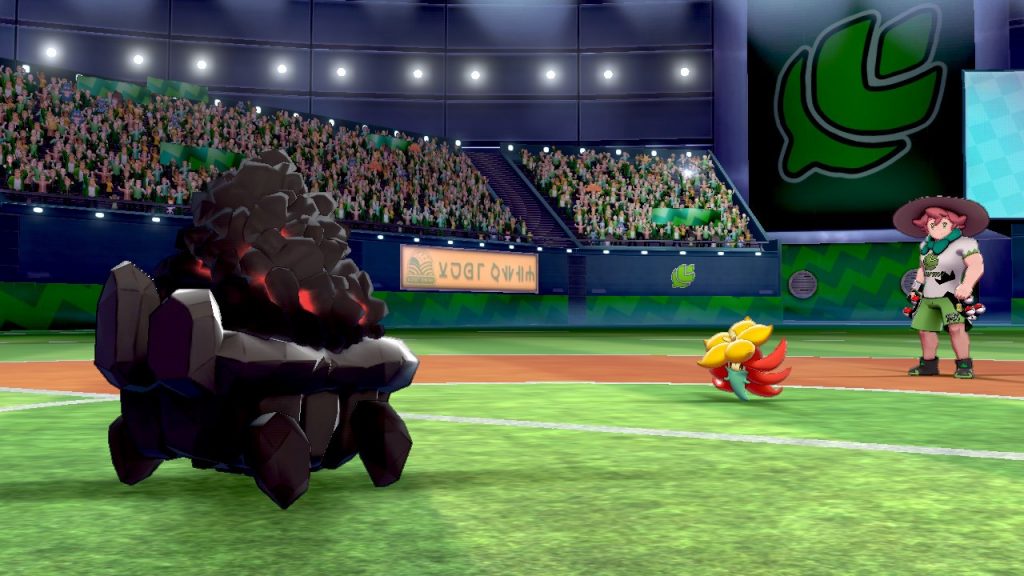
The game’s archetypal cast plays a big part in the barebones narrative’s overall blandness. Hop is your best friend and ‘rival’ seemingly unaware of his total lack of talent, while his older brother Leon is the reigning Galar champion who encourages you both to become the next big thing. Both Leon and Hop’s over-enthusiastic nature wouldn’t be so unbearable if it wasn’t Hop’s journey that actually drives the bulk of the story forward. You’re a passenger forcibly guided by both brothers from place-to-place with a ton of hand-holding and not a lot of agency to forge your own path – try walking through town without an unskippable cutscene. The gym leaders, too, are presented as big in-game celebrities and have great designs (Nessa FTW), but never feel like worthy opponents in both their dialogue and lack of challenge overall.
Because the focus is so heavy on the gyms this time around, much of the background story and lore surrounding the Galar region suffers as a result, and it was hard to stay engaged with what was presented. Team Yell is no true replacement for Team Rocket and prove to be annoying obstacles to progression rather than a threatening villainous group with compelling motivations of their own – they exist only as creepy adult fans of secondary rival Marnie, who at least has some personality of her own. Antagonist Bede is at least a little more hostile as a rival should be and interesting in his drama-filled pursuit to become champion, ruined by cringe worthy dialogue. This problem extends to research assistant Sonia, who pops up every now and then to talk about the Darkest Day, an ancient crisis stopped by two legendary Pokémon told with about as much flair and substance as the bland NPCs littering the game-world. Sonia’s quest is to solve the origins of Dynamax, a phenomenon unique to Galar that makes Pokémon grow in battle and which Galar’s towering stadiums are built to accommodate. These few interesting plot developments and lore tidbits are relegated to the adult characters like Sonia, Leon and Rose, who regularly pop in and out while encouraging your young protagonist to stay focused on beating the gyms and not all the crazier, more intriguing stuff. Yay?
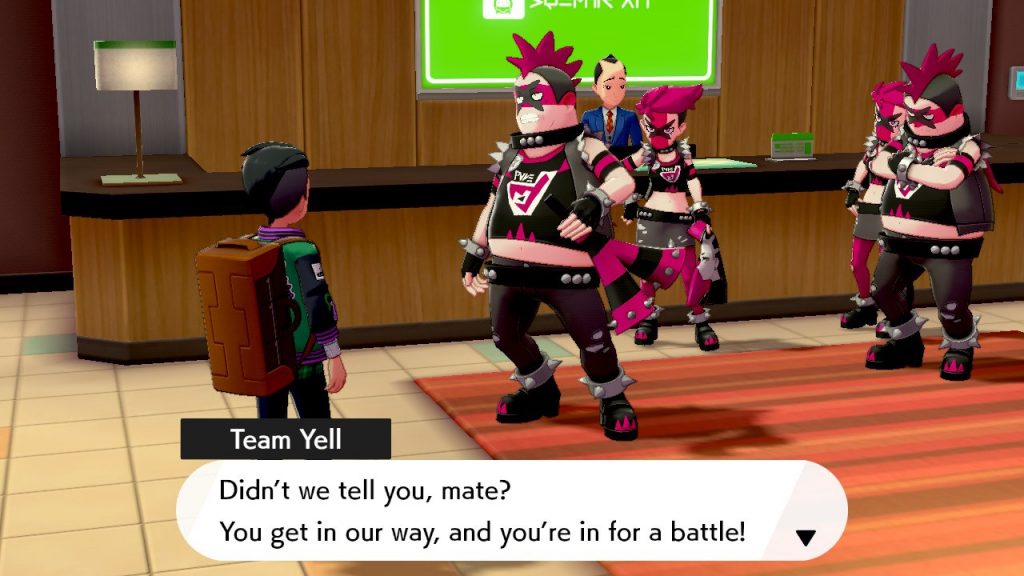
With its Great Britain inspirations of quaint Victorian-era country towns meshed with massive modern cities complete with gyms stylised as football stadiums and cheering fans, Sword thankfully impresses with its setting even when its characters and story fall flat. While traditional routes and towns remain a mainstay, the first Pokémon entry on Nintendo Switch use the new space and more powerful hardware to open up the game world from the bat in the form of Wild Areas. These are big swathes of land filled with visible Pokémon wandering both the tall grass and overworld, with certain conditions determining encounter rate and availability. These wild Pokémon are able to be captured and battled at various levels, with plenty of overpowered ‘mons offering some seriously satisfying challenge. Because gym badges dictate what level range of ‘mons you can catch, Wild Areas offer serious replay value to come back once you’ve racked up experience and catch those particular Pokémon you couldn’t quite snap up initially. You’ll need the distraction, as the main story and post-game is fairly shorter than past entries.
Wild Areas also act to highlight two new key multiplayer features of Pokémon Sword & Shield. You can now see other trainers wandering the overworld as you play in real-time, and you can activate dens in the Wild Area to participate in four-player raid battles, with the aim to take down a Dynamax-powered monster and capture it together – if connected to the Internet. While all Pokémon can Dynamax, there are unique Pokémon that can also achieve Gigantamax form and use G-Max moves that are even more powerful than regular old Dynamax – and they can only be caught in Max Raid Battles. It’s certainly not the full-fledged MMO-like hub world I imagined Pokémon would achieve in my childhood days, but it’s a step forward in the right direction for more interactive multiplayer activities alongside the usual trading and competitive battling systems – though shoddy connectivity and undetailed environments frequently ruined the fun.
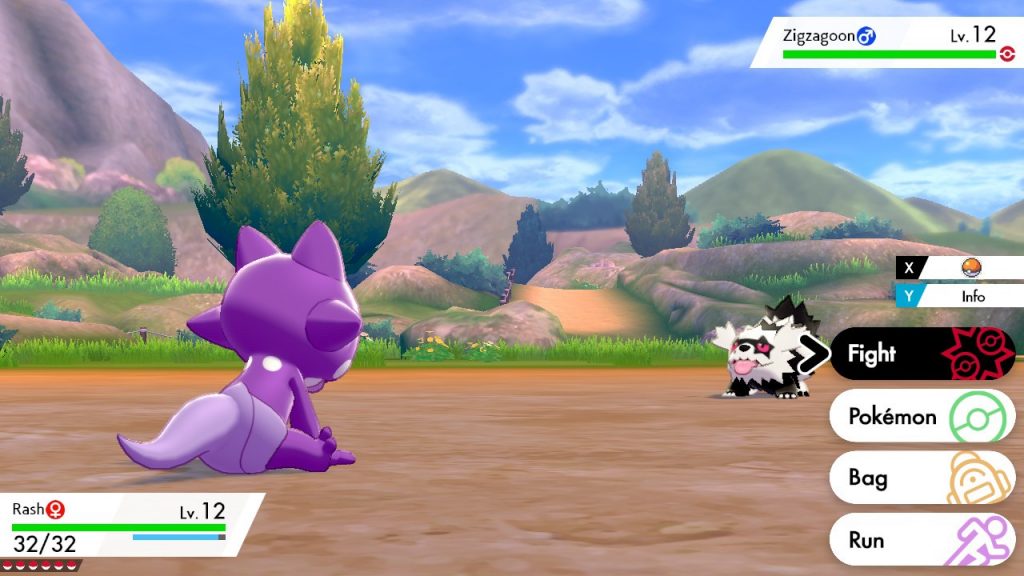
Even in the wake of the well covered Dexit controversy which saw Game Freak remove of hundreds of Pokémon from past generations for the first time in a new entry, the core gameplay formula of Pokémon largely remains fundamentally addictive and entertaining in Sword & Shield. Catching, battling and breeding pocket monsters is as in-depth as you want it to be, with several new quality-of-life adjustments (random encounters are gone, some tutorials can be skipped, natures can be adjusted with consumables, IV can be checked with an item post-game) that improve the core gameplay significantly for those who love competitive battling and the meta-game of getting the best team possible. But for young players and casuals, the straight-forward and linear nature of the new game’s gym-focused story is easy to indulge in without thinking too much. Perhaps one baffling change to the formula that was geared for this latter group but which I’m not quite sure was the best idea is EXP Share, which levels up all your Pokémon without using them and cannot be turned off at all. I frequently was over-levelled for story beats due to this mechanic, and the challenge was all but gone unless I self-imposed certain restrictions. Modifiable difficulty is one thing that needs to be introduced in future titles.
Pokémon themselves have always been the stars of the show and I found most of the new designs and movesets to have been very fun to catch and battle with, in particular baby Toxicitry, the very British Polteageist (which even has unique counterfeit forms hinted at in its Pokédex entry) and Sirfetch’d, the Galar form of Farfetch’d who uses leeks as a sword and shield. The sheer likeability of the new 80-something Galar-unique monsters and the many regional forms of past favourites like Meowth and Mr. Mime will no doubt help disillusioned fans get on-board, though this generation’s gimmick of Gigantamaxing and its unique forms ultimately fall as flat as Gen 7’s Z-Moves in terms of depth and balance.
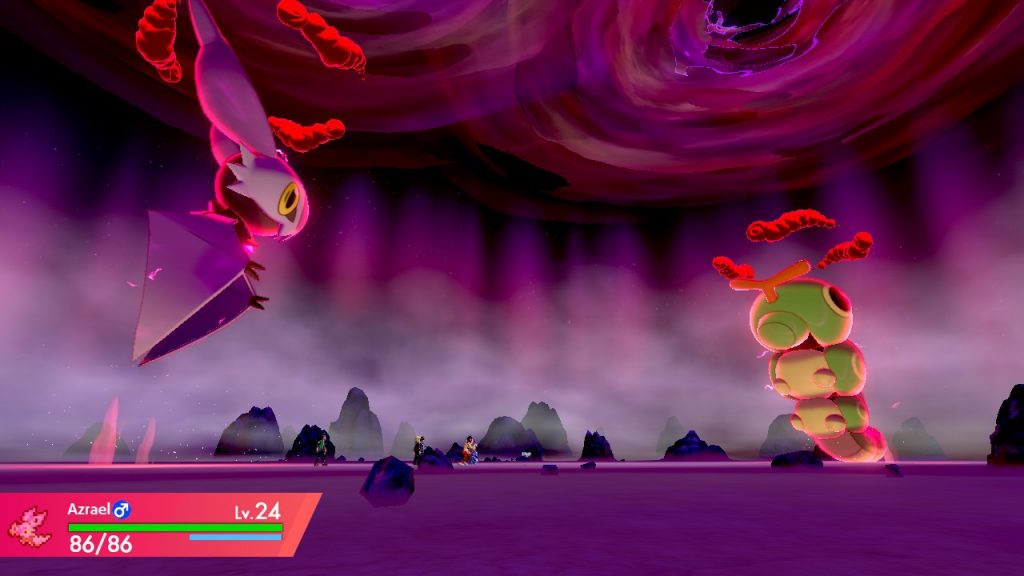
Pokemon Camp, meanwhile, is a new addition I found to be surprisingly enjoyable; you can let your favourite mon’s run around in a designated camping area, play with and examine your furry creatures up-close, and even cook curry in a mini-game for stat boosts. Wild mon’s can even join your party by wandering into camp, and there were plenty of cute animations to activate and personality quirks to fawn over whenever I wanted to kick back and chill out in between battles.
In terms of graphics, Pokémon Sword & Shield fall short of what many fans likely expected out of the first home console entry in the franchise in over a decade. The colourful designs of the Pokémon, characters and Galar are indeed visually appealing, but the models of Pokémon and their battle animations (especially for movesets from older generations) lack the level of detail and effort I’d hoped for after the jump from Nintendo 3DS to Switch. Considering many past Pokémon were cut from the game due to what Game Freak describes as a focus on redoing all models “from scratch”, the end product isn’t exactly satisfying.
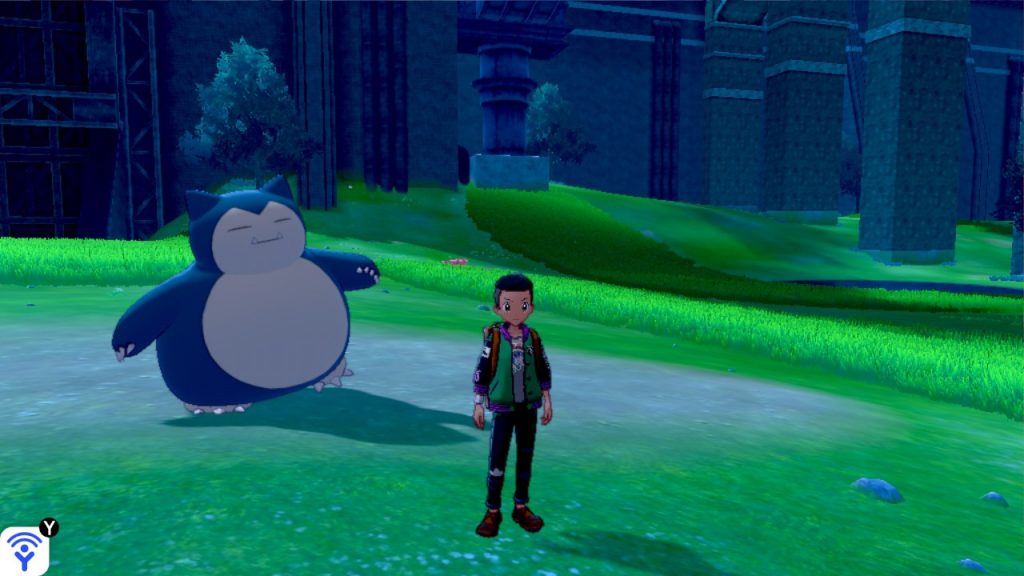
The level design outside of Wild Areas, too, is far too linear and small, with little in the way of exploration or scenic routes to enjoy – and many environmental textures look disappointingly dated considering what the Nintendo Switch has proven capable of with other comparable first-party titles. The overworld Pokémon and their unique animations and quirks, thankfully, bring life to the Wild Areas where the scenery fails. Audio-wise, the lack of voice-acting is beginning to become more apparent, with so many cutscenes playing out awkwardly due to zero voice-over, and the use of outdated sound bytes for older Pokémon is as jarring as ever. The Gym Leader battle tracks and chants of crowds in the stadium during battles is nothing short of riveting, though, and at the soundtrack certainly picks up the slack.
The Final Verdict
Pokémon Sword & Shield is a fun, yet fleeting new Pokémon experience that will appeal most to hardcore fans more interested in competitive battling over those expecting an unconventional story or new graphical showcase for the franchise’s first mainline entry on the Switch. If you’ve ‘gotta catch’ em all’, you’re still in for another enjoyable 20 hour entry – just temper expectations and expect little in the way of new ground.
Overall, the games are far from dull or lacking in content, but unambitious in its rail-roaded main story that mostly consists of uninteresting themes, motivations and conversations where the dialogue rarely strays from flavourless instructions on where to head next. The quality of animations we got in the final product also isn’t a worthy substitute for the exclusion of hundreds of Pokémon, and the Wild Area doesn’t quite push the Switch hardware or reach the heights a true open-world Pokémon game could have achieved.
Still, a solid foundation for the inevitable new versions on the horizon – the question is, can you wait?
Game Details
Primary Format – Games – Nintendo Switch
Game Genre – Role-playing game
Rating – PG
Game Developer – Game Freak
Game Publisher – The Pokémon Company, Nintendo
